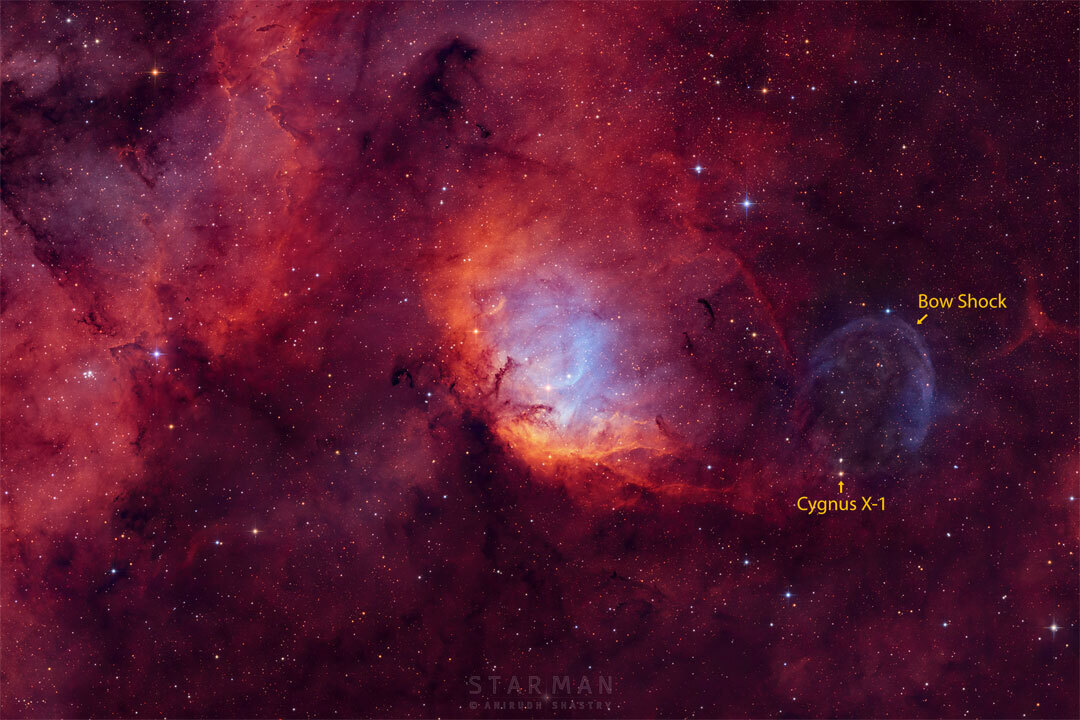#blackhole
9 Likes
https://www.youtube.com/watch?v=Cohmbk5kwBI
What Russian Scientists Discovered Inside A #BlackHole TERRIFIES The Whole World
4 Likes
1 Shares
#Caturday #Doodle
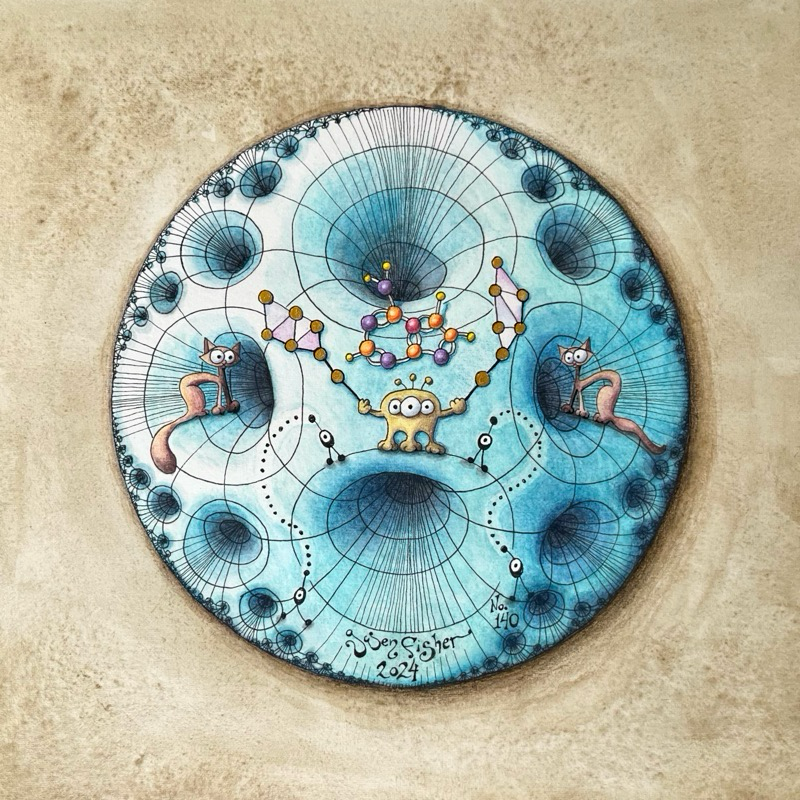
#GwenFisher
@gwenbeads@mathstodon.xyz
Sitting atop a fractal surface of black holes, Tribert tries to make Adenine, one of the molecules in DNA, but he didn’t get it quite right, probably because he got distracted by the cats. Maybe next time, Tribert.
Tribert Tries to Make Life
Doodle No. 140
8” square
Ink, highly lightfast (fade resistant) watercolor pencils and paint, and mica paint on Arches 300 GSM 100% cotton paper
#watercolor #painting #MathArt #BlackHole #Astronomy #doodle #ColoredPencil
13 Likes
NASA Simulation’s Plunge Into a Black Hole: Explained
La plongée de la simulation de la NASA dans un trou noir : expliquée
One person like that
3 Comments
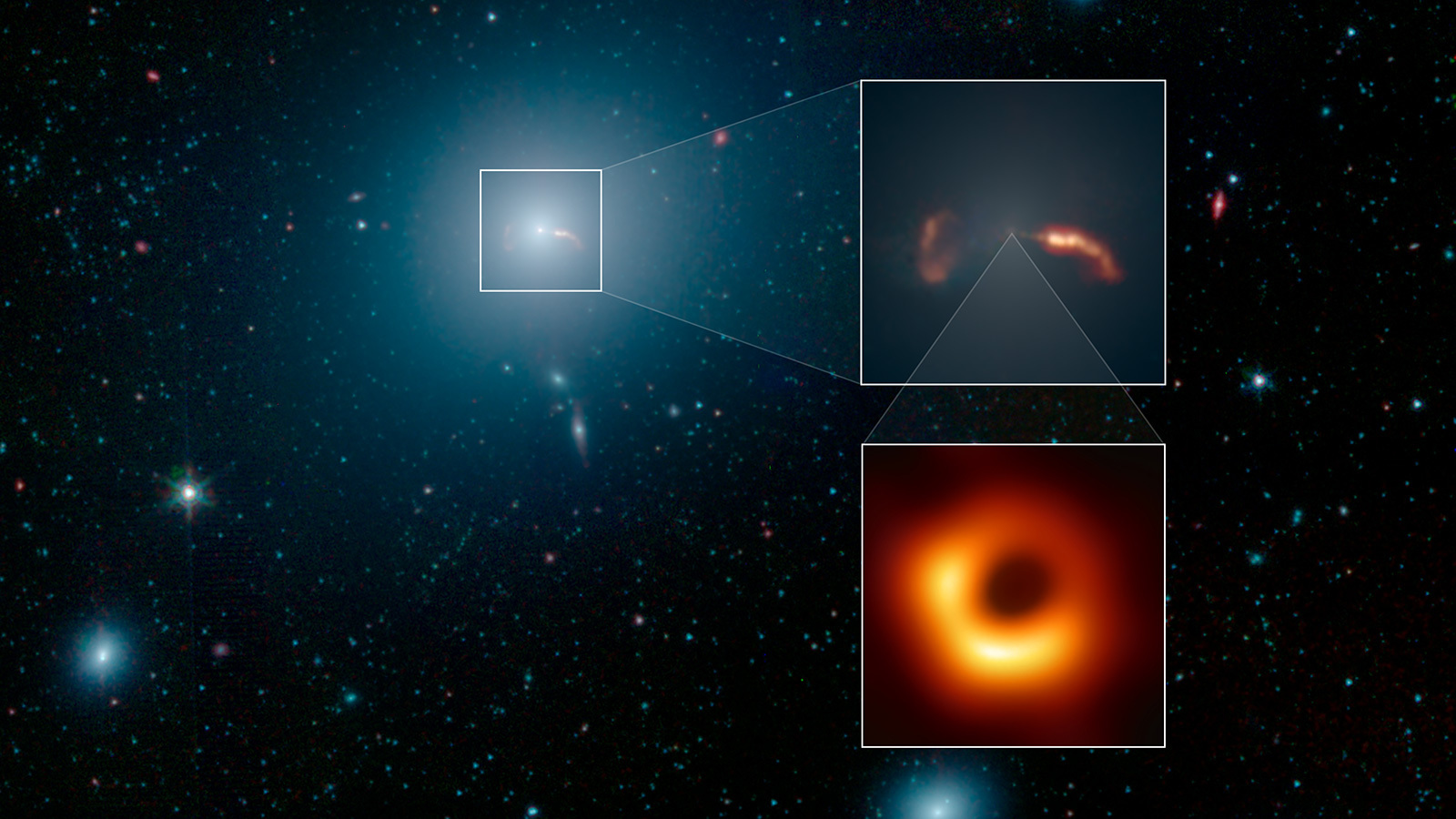
The #Galaxy, the #Jet, and a Famous #BlackHole
#Astronomy #Picture of the Day
3 Likes
3 Likes
1 Shares
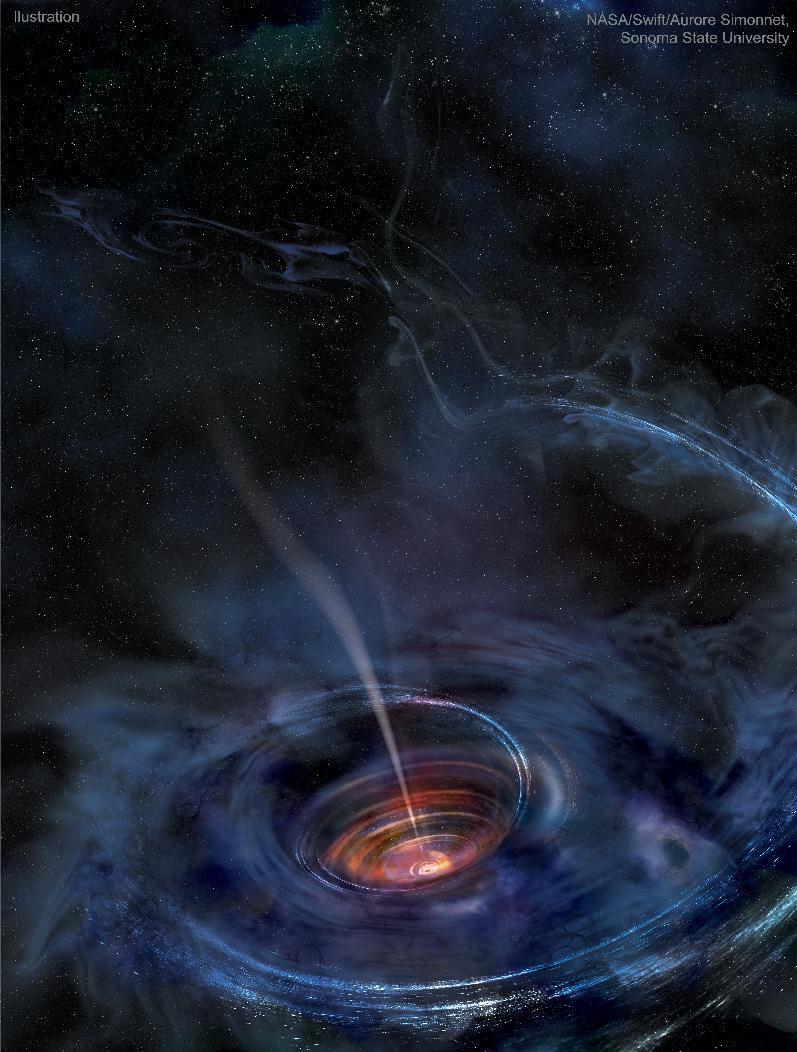
#BlackHole #Accreting with #Jet
#Astronomy #Picture of the Day
6 Likes
1 Shares

A #BlackHole Disrupts a Passing #Star
#Astronomy #Picture of the Day
8 Likes
1 Shares
Andrei Martyanov | Discovering truth and how not to cover tracks | Apr. 17, 2024
#blackhole
Source: https://youtube.com/watch?v=3cXocquMsqA
One person like that
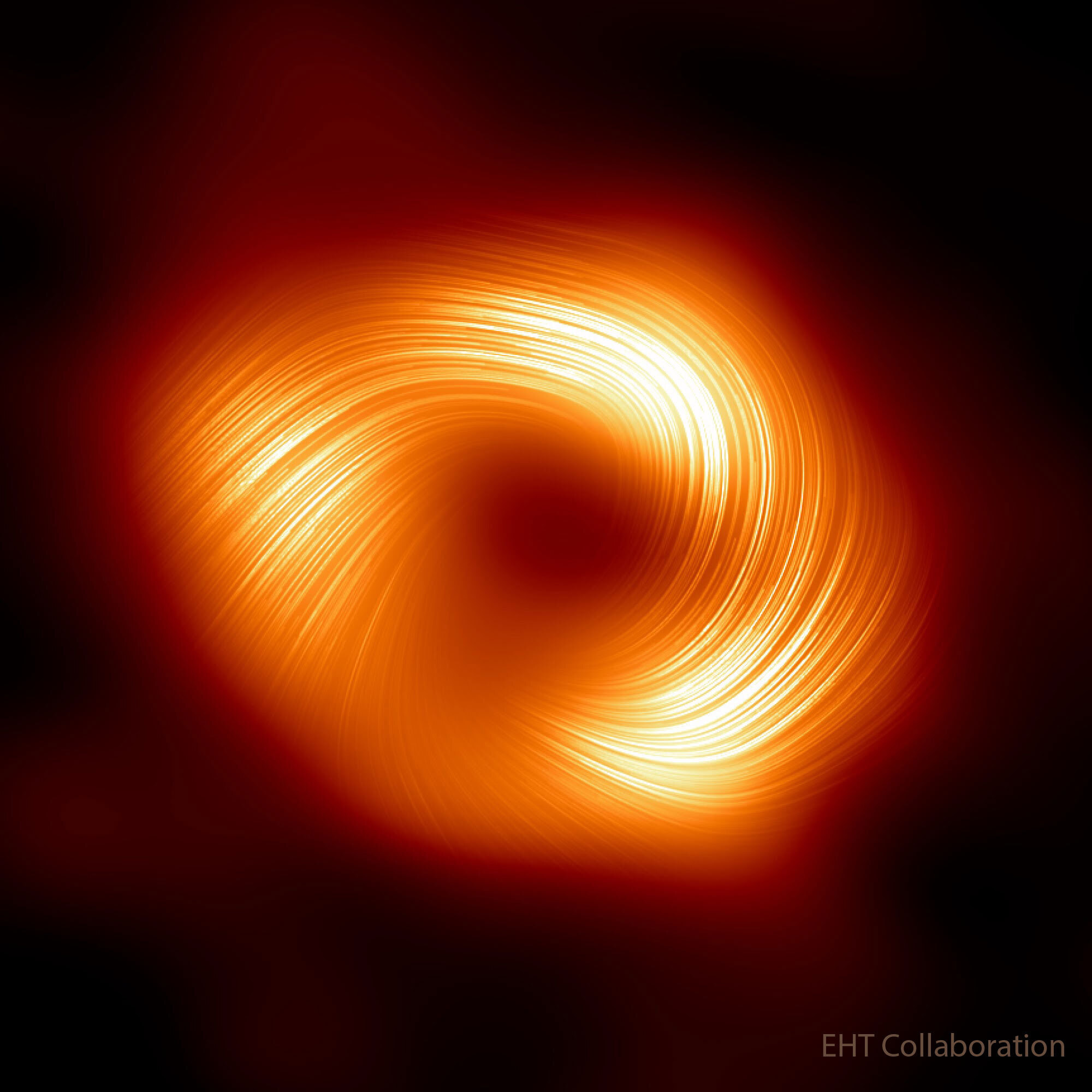
#Swirling #MagneticField around Our #Galaxy's Central #BlackHole
#Astronomy #Picture of the Day
6 Likes
Astronomers discover #universe’s brightest object – a #quasar powered by a #BlackHole that eats a sun a day | #Space | The Guardian
4 Likes
2 Comments
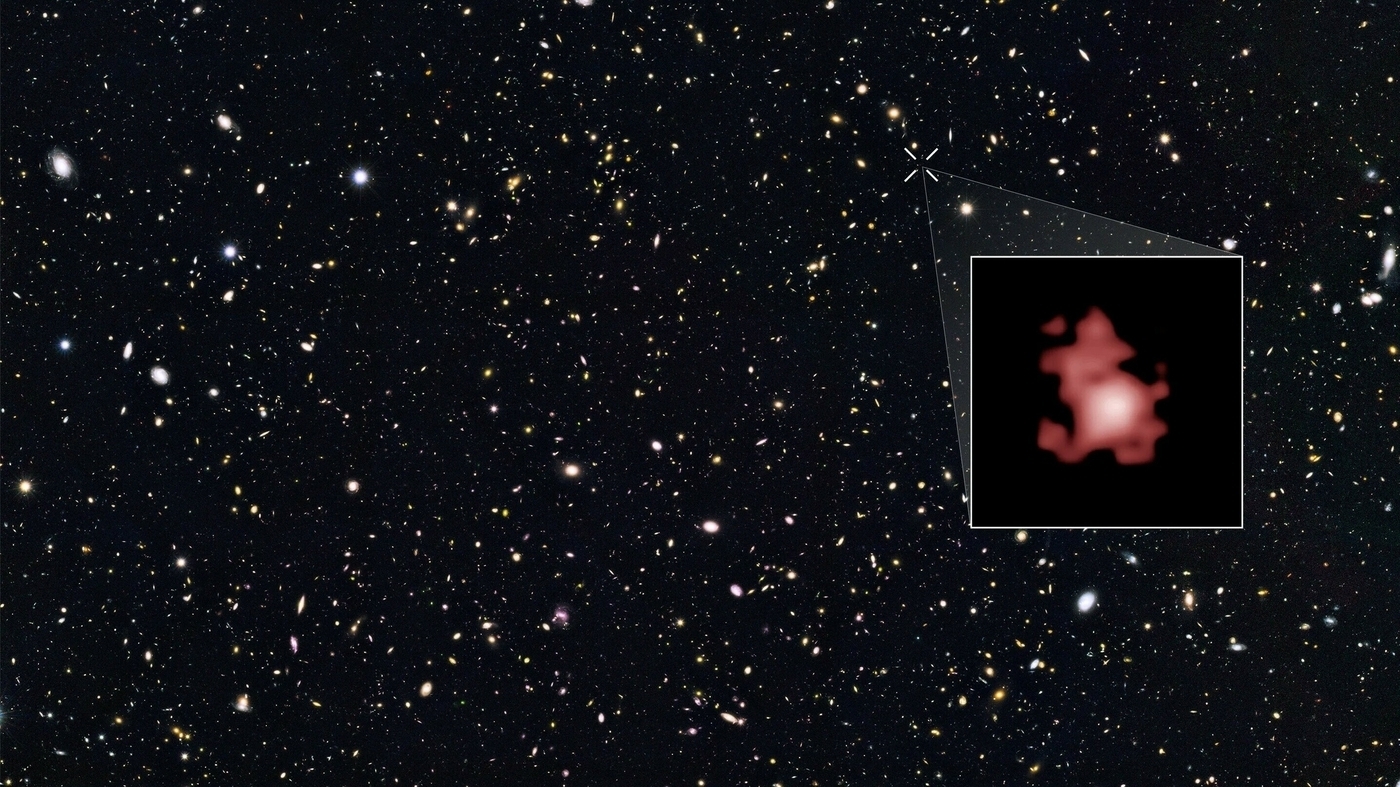
#JWST reveals earliest known #blackhole inside galaxy #GNz1. Researchers speculated that the bright ultraviolet glow emanating from the distant galaxy was probably coming from huge amounts of gas swirling around and pouring into a black hole. The friction of all that gas being pulled inwards would have heated and lit it up, likely explaining why the galaxy is so luminous.
6 Likes
#Animation vs. #Physics
watch: https://www.youtube.com/watch?v=ErMSHiQRnc8
(Highest warning level and danger. The link above goes to YouTube, a company owned by Alphabet also known as Google. Anyone who follows the link is tracked, monitored and the data is marketed to numerous advertisers. Please follow the alternative link below for your own peace of mind.)
Alternative URI: https://invidious.slipfox.xyz/watch?v=ErMSHiQRnc8
or here to choose an instance: https://redirect.invidious.io/watch?v=ErMSHiQRnc8

#science #space #exploration #lightspeed #blackhole #universe #solarsystem #planet #travel #video #knowledge #education
3 Likes
2 Comments
1 Shares
For millennia, musicians have looked to the #heavens for #inspiration. #Now a new collaboration is enabling actual data from NASA telescopes to be used as the basis for #original #music that can be played by humans.

Since 2020, the "sonification" project at NASA's Chandra X-ray Center has translated the digital data taken by telescopes into notes and sounds. This process allows the listener to experience the data through the sense of hearing instead of seeing it as images, a more common way to present astronomical data.
A new phase of the sonification project takes the data into different territory. Working with composer Sophie Kastner, the team has developed versions of the data that can be played by musicians.
"It's like a writing a fictional story that is largely based on real facts," said Kastner. "We are taking the data from space that has been translated into sound and putting a new and human twist on it."
This pilot program focuses on data from a small region at the center of our Milky Way galaxy where a supermassive black hole resides. NASA's Chandra X-ray Observatory, Hubble Space Telescope, and retired Spitzer Space Telescope have all studied this area, which spans about 400 light-years across.
NASA's Marshall Space Flight Center manages the Chandra program. The Smithsonian Astrophysical Observatory's Chandra X-ray Center controls science operations from Cambridge, Massachusetts, and flight operations from Burlington, Massachusetts.
Source: https://youtube.com/watch?v=ZszE77Ofw_4
"Where Parallel Lines Converge" is a #sonic rendering of a composite image of the #GalacticCenter, or the center of our #MilkyWay #galaxy, with data from NASA’s #Chandra, #Hubble and #Spitzer #space #telescopes. The song is a tryptic, highlighting three astronomical objects or moments in the image: the X-ray binary, the arched filaments, and the #supermassive #blackhole, #SagittariusA*.
The piece was conceived using the same principles as the original NASA Chandra data sonifications, converting data to sound by matching different parameters of the image with musical parameters. Composed by Sophie Kastner, this was recorded by #Montreal based #Ensemble Eclat conducted by Charles-Eric LaFontaine on July 19, 2023 at McGill University.
- Alex Huyghebaert, flute
- Gwénaëlle Ratouit, clarinet and bass clarinet
- Charles Chiovato Rambaldo, percussion
- Léo Guiollot, percussion
- Paul Çelebi, piano
- Jeanne Côté, violin
- Audréanne Filion, violoncello
2 Likes
1 Shares
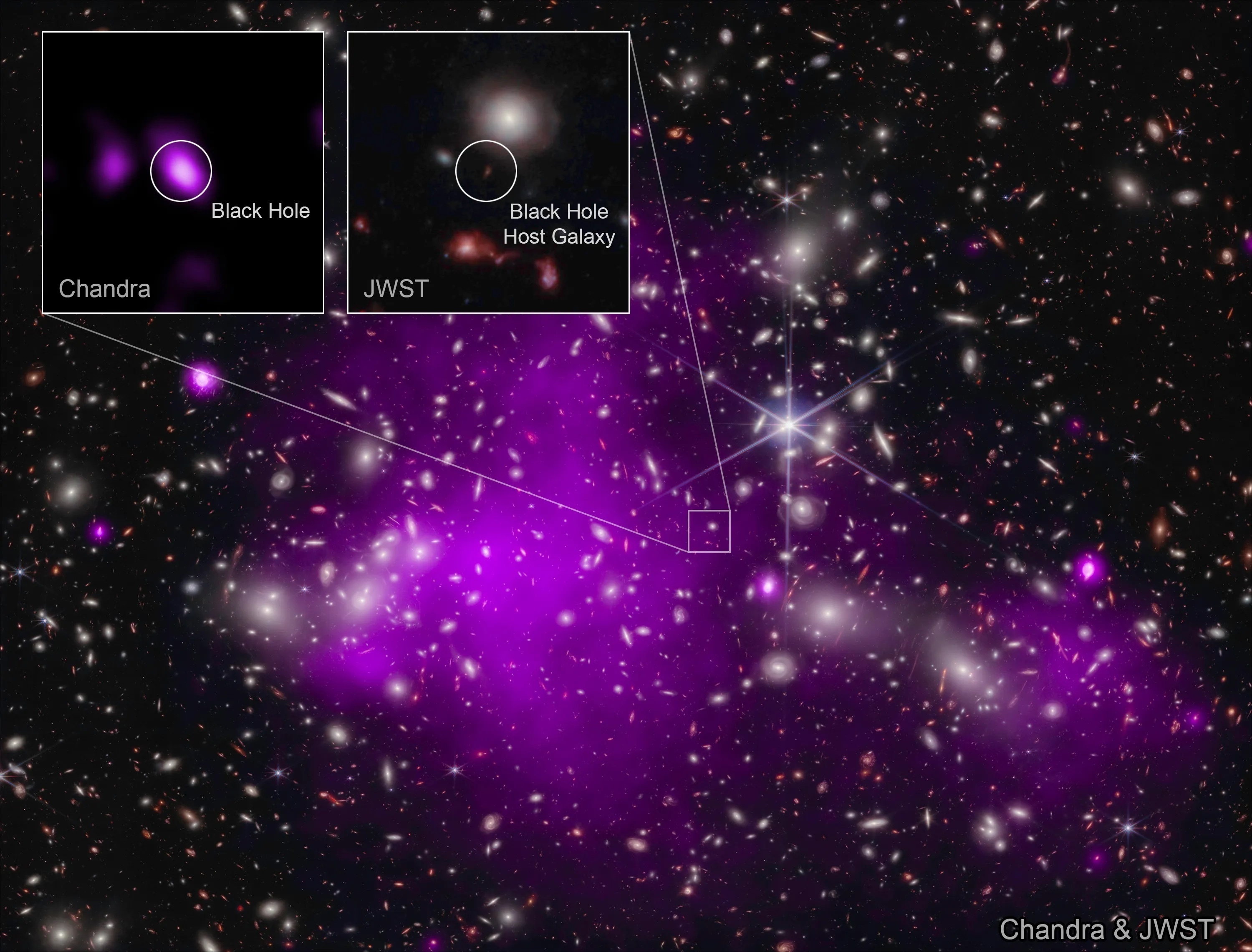
#UHZ1: Distant #Galaxy and #BlackHole
#Astronomy #Picture of the Day
7 Likes
1 Shares
Hackaday Links: October 1, 2023

#hackadaycolumns #hackadaylinks #slider #amateurradio #anthropomorphic #autonomous #blackhole #chronos #digit #hamradio #hubbleradius #humanoid #marsjezero #mig #perseverance #planklength #robottaxi #selfdriving #slomo #tig #weldpool #welding #hackaday
posted by pod_feeder_v2
One person like that
One person like that
9 Likes
1 Shares

